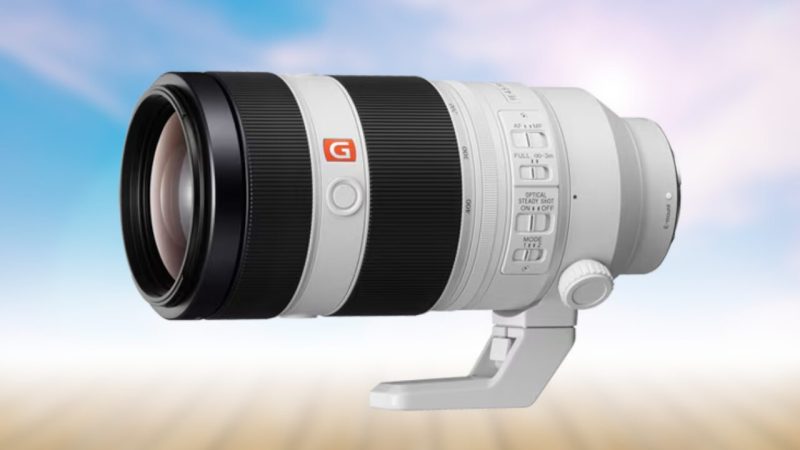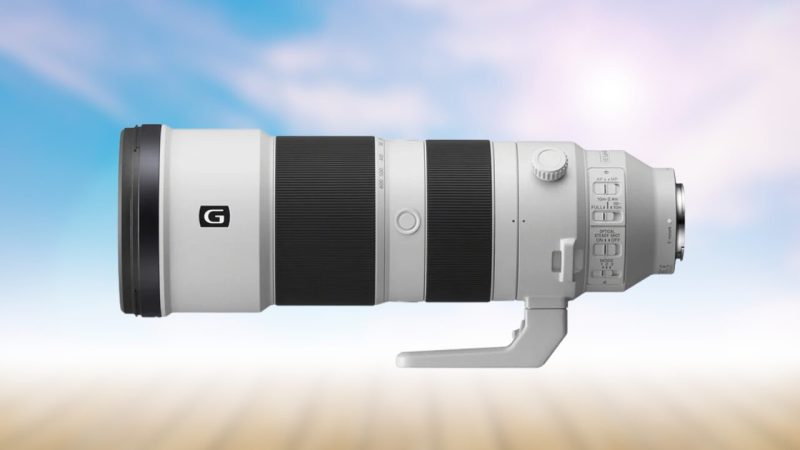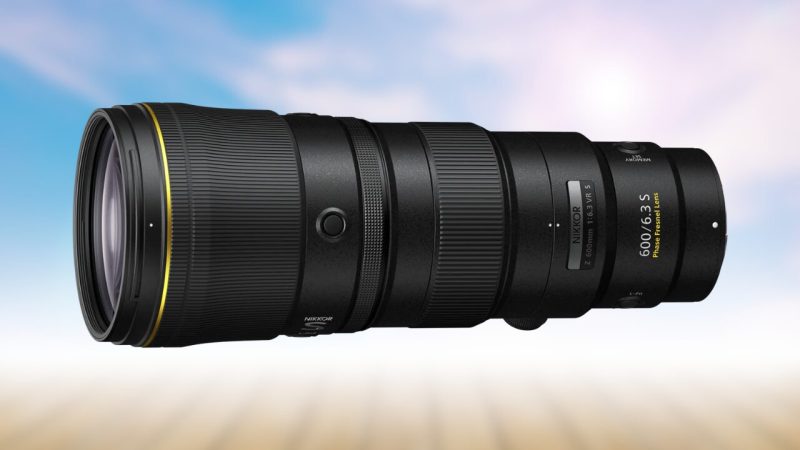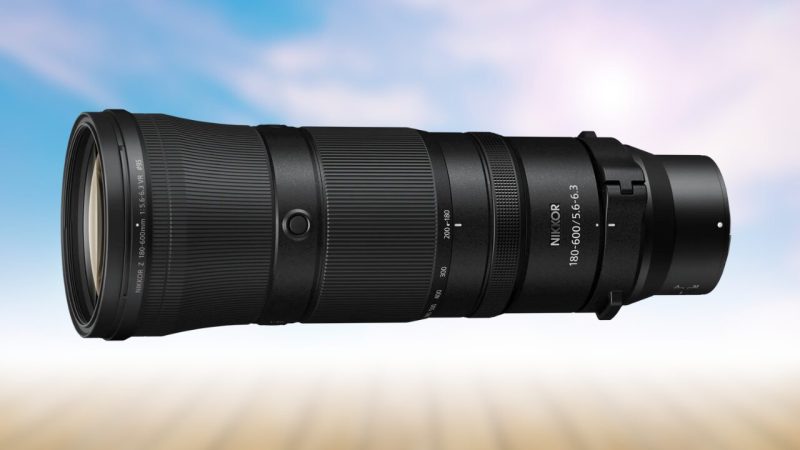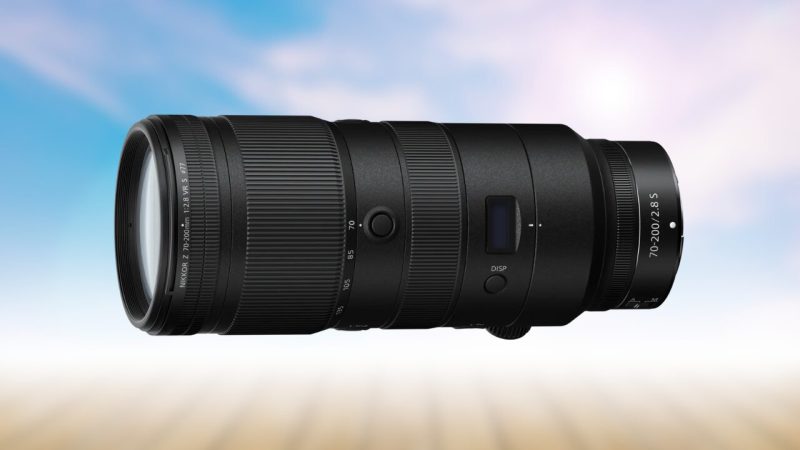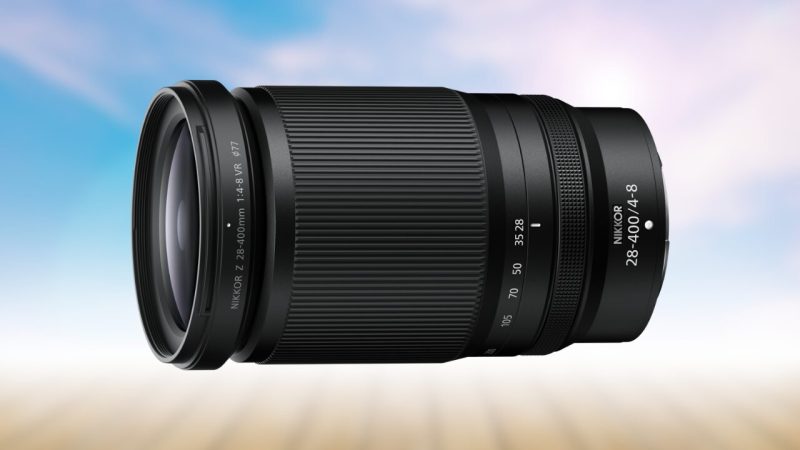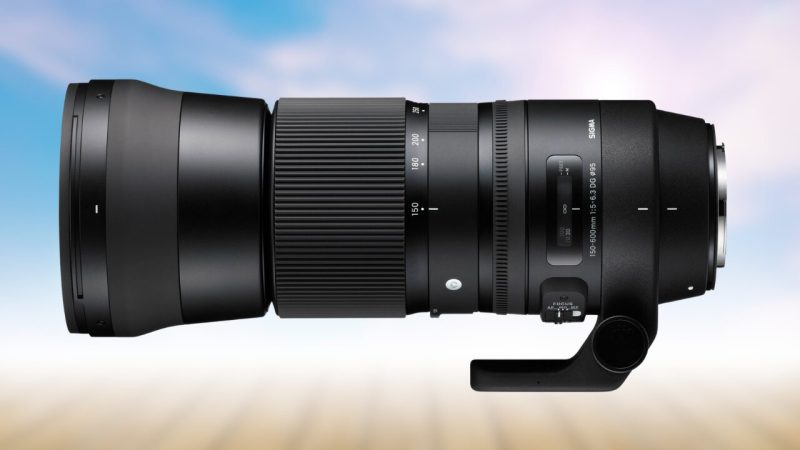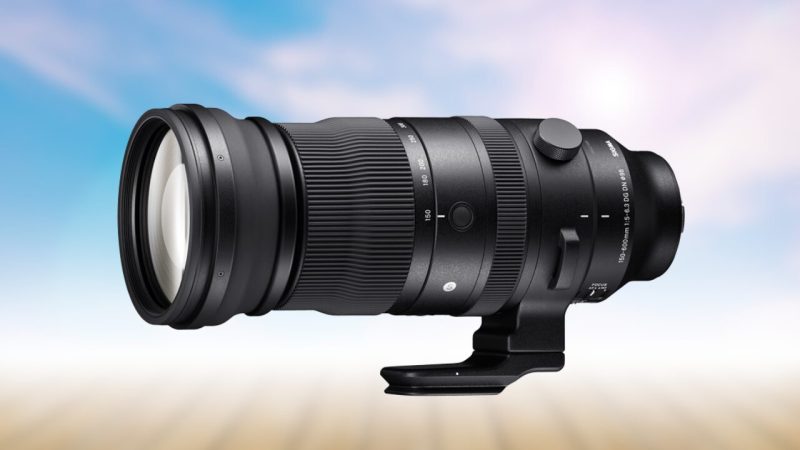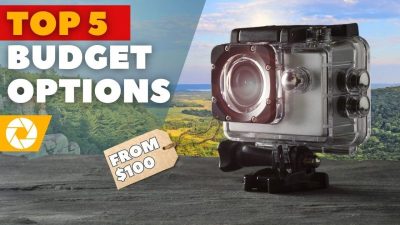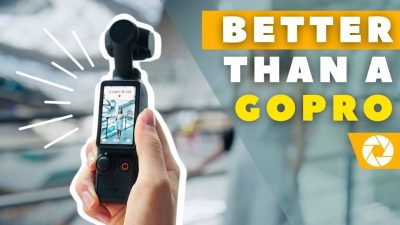📢 Disclosure: Some links on this page are affiliate links. As an Amazon Associate, I earn from qualifying purchases at no extra cost to you. Thanks for your support.
Why telephoto lenses are great for capturning wildlife
Wildlife photography requires precision, patience, and the right equipment. A high-quality telephoto lens is essential for capturing distant subjects without disturbing them in their natural habitat.
Try the Lens Finder quiz to find the best telephoto zoom lens below:
In this guide, we explore the top five telephoto lenses for wildlife photography, compatible with Sony, Nikon, and Canon mirrorless cameras.
What to Consider When Choosing Telephoto Lenses
When selecting a lens for wildlife photography, key factors include:
- Focal Length & Zoom Range – A longer focal length helps capture distant subjects.
- Image Quality & Sharpness – High-quality optics reduce distortion and aberrations.
- Autofocus Speed & Accuracy – Essential for fast-moving wildlife.
- Weight & Portability – Heavier lenses offer more reach but can be difficult to carry.
- Image Stabilization – Reduces blur when shooting handheld.
Since no single lens meets all requirements, choosing the right one often involves balancing these factors. So, let’s jump into our list:
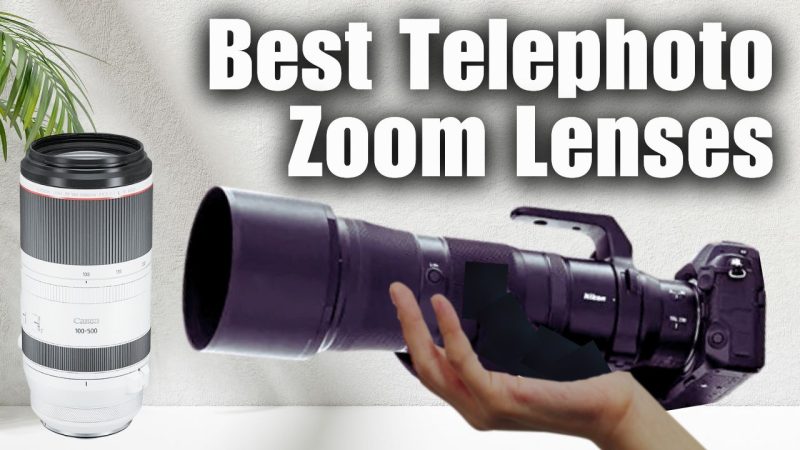
Best Sony Telephoto Lenses:
Sony have made some awesome telephoto lenses in their lineup and now they’ve released a zoom lens for mirrorless cameras with an astounding 400-800mm zoom range. Released in February 2025, this Sony FE 400-800mm f/6.3-8 G OSS offers an extended reach up to 800mm, making it an awesome choice for bird and wildlife photography. It features internal zooming, a short zoom throw, and a relatively lightweight design for its class. This lens is targeted at serious wildlife photographers and represents a premium-level investment from Sony.
But this is an example of a high-end, professional lens. The Sony FE 100-400mm f/4.5-5.6 GM OSS is cheaper and is still an excellent choice for most wildlife enthusiasts. This G Master lens delivers exceptional image quality, even at 400mm. Optical SteadyShot (OSS) image stabilization minimizes camera shake, helping to capture sharp shots of fast-moving wildlife. The lens features a fantastic zoom range and has a weather-sealed construction for durability, especially when shooting in challenging outdoor conditions. It has a fast autofocus system and customizable focus hold buttons to make taking clear imagery much simpler. It has optical image stabilization known as Optical SteadyShot, which is great for reducing camera shake, creating sharper images at long ranges.
However, it has a variable aperture of f/4.5–5.6 and it isn’t a particularly fast lens, so it is best used in ample lighting conditions.
- Fast autofocus with customizable focus hold buttons.
- Weather-sealed construction for durability in outdoor conditions.
- Sharp image quality across the zoom range.
For those who want even more reach without jumping to the premium 400–800mm range, the Sony FE 200-600mm f/5.6-6.3 G OSS offers a compelling alternative. It provides a longer focal length, extending up to 600mm, which is ideal for photographing distant wildlife. However, it is significantly heavier, weighing around 2.1kg compared to the 100-400mm’s 1.39kg. In terms of performance, the 100-400mm still edges ahead with sharper images and faster, more reliable autofocus. That said, the 200-600mm remains a popular choice among hobbyists and semi-professionals who need more zoom flexibility at a lower cost than the flagship models.
- Provides a longer focal length (600mm).
- Heavier at 2.1kg compared to the 100-400mm’s 1.39kg.
Best Nikon Telephoto Lenses:
Nikon has recently expanded its Z-mount telephoto lineup with a number of exciting lenses for wildlife photographers, each serving different needs, budgets, and levels of experience.
One of the most notable recent releases is the Nikon NIKKOR Z 600mm f/6.3 VR S, introduced in early 2025. This is a prime lens with a fixed focal length of 600mm, meaning you cannot zoom in or out. While that may sound limiting, prime lenses often provide superior sharpness, clarity, and subject isolation — and that’s certainly the case here. Despite its long reach, it’s relatively lightweight and portable, making it an ideal choice for fieldwork. It’s particularly popular with bird and distant wildlife photographers who need a powerful lens that doesn’t weigh them down. Nikon’s Vibration Reduction (VR) technology is built-in, helping to reduce camera shake and improve handheld stability — especially important at extreme focal lengths.
For those seeking more flexibility, Nikon also offers the NIKKOR Z 28-400mm f/4-8 VR, announced in March 2024. This superzoom lens covers a very broad focal range, from wide-angle 28mm to telephoto 400mm. It’s incredibly versatile, ideal for travel and multi-purpose shooting, including landscapes and wildlife. The main compromise here is the variable aperture — starting at f/4 and dropping to f/8 when fully zoomed in — which makes it less suitable for low-light environments or fast-action shots. Still, for convenience and all-in-one flexibility, it’s a solid option for casual wildlife photographers or those new to the Nikon Z system.
At the higher end of the performance range is the NIKKOR Z 70-200mm f/2.8 VR S, which has become a go-to lens for many serious Nikon mirrorless users. With a constant f/2.8 aperture, it excels in low-light conditions and produces beautiful background blur (bokeh), making it perfect for subject separation in wildlife and sports photography. The lens is equipped with advanced Vibration Reduction (VR) technology, offering up to 5.5 stops of stabilization, which is excellent for handheld use. It weighs around 1.4kg and delivers fast, precise autofocus with minimal focus breathing.
It’s weather-sealed for outdoor use and compatible with Nikon’s teleconverters, which can extend its reach even further. The only notable drawback is that the tripod foot is not ARCA-compatible, which may be a consideration for those using certain tripods or plates. While it’s an expensive lens, most users agree it’s worth the investment thanks to its stellar image quality, responsive handling, and professional-grade stabilization.
- Vibration Reduction (VR) technology with up to 5.5 stops of stabilization.
- Teleconverter compatibility for extended reach.
- Weather-sealed for outdoor use.
- Fast and precise autofocus.
If you’re looking for something lighter and more affordable, the Nikon Z 24-200mm f/4-6.3 VR is a good alternative. Weighing only 570g, it’s much lighter than the 70–200mm, and its focal range makes it a versatile all-in-one option for travel and casual wildlife photography. However, its low-light performance is weaker due to the narrower aperture range, and it doesn’t offer the same sharpness, focus speed, or bokeh quality as the 70–200mm. Still, it’s a practical and convenient choice if you’re prioritizing portability.
- Lighter (570g vs. 1.4kg with the 70-20mm).
- More versatile but not as effective in low-light conditions.
- A good all-in-one lens, but the 70-200mm offers superior optical quality.
Finally, a notable newer release is the Nikon Z 180-600mm f/5.6-6.3 VR, which launched in August 2023. This lens strikes a balance between reach and flexibility, offering up to 600mm in a weather-sealed, hand-holdable design that weighs just over 2kg. It’s particularly well-suited for wildlife shooters who want significant telephoto power without the cost of a prime. The lens is also compatible with Nikon’s 1.4x teleconverter, giving you an extended range of 252–840mm at f/9. That said, some users have noted that autofocus can be slower in certain conditions, and its low-light performance is average — but for the price and versatility, it’s a compelling option for many.
- Some reviews mention slower autofocus and average low-light performance.
- Can be paired with Nikon’s 1.4x converter, extending it to 252-840mm f/9.
- Weather-sealed with excellent close-up capabilities.
- Quite heavy at 2kg but remains hand-holdable.
Best Canon Telephoto Lenses: Canon RF 100-500mm f/4.5-7.1 L IS USM
For Canon RF-mount mirrorless cameras, the Canon RF 100-500mm f/4.5-7.1 L IS USM is a professional-grade telephoto zoom lens.
The lens provides a focal length range of 100-500mm, offering fantastic versatility for shooting subjects at various distances, from close-ups to distant wildlife and action sports. It features optical image stabilization technology, ensuring sharp handheld shots, even at longer focal lengths.
As part of Canon’s L-series, this lens is known for its exceptional optical quality. With advanced elements to minimize chromatic aberrations and deliver sharp, contrast-rich images, the lens is constructed with weather sealing to protect against dust and moisture, making it ideal for challenging outdoor conditions as well. It also features Canon’s ultrasonic motor technology, and that provides fast and quiet autofocus performance.
A lot of users also prefer its customizable control ring which allows you to adjust various settings on the fly quick and smoothly. And at around 1.37kg without its tripod collar, it’s one of the lighter lenses on the list.
But of course, it does come with some drawbacks. The maximum aperture is known to be quite slow and more limited in low-light conditions. The autofocus speed is not as impressive as some others on the market too, especially when paired with the Canon EOS R and EOS RP bodies. And for many people, the main issue is the big price tag, as it’s one of the most expensive lenses on this list.
Key Features:
- 100-500mm focal length for versatile shooting.
- Optical image stabilization for sharp handheld shots.
- Weather-sealed L-series construction.
- Fast and quiet autofocus with ultrasonic motor (USM).
- Customizable control ring for on-the-fly adjustments.
- Lightweight for its class at 1.37kg (without tripod collar).
🔹 Downsides:
- Maximum aperture is slower at 500mm.
- Autofocus speed may lag on Canon EOS R and EOS RP bodies.
🔹 Alternative Option: Tamron 150-600mm f/5-6.3 Di VC USD G2
- Adaptable to various camera systems.
- Vibration Compensation (VC) stabilization.
- Zoom lock switch to prevent lens creep.
- Requires an adapter for mirrorless cameras.
Best Budget-Friendly Superzoom Lenses: Sigma 150-600mm f/5-6.3 DG OS HSM Contemporary
For Canon, Nikon, and Sony DSLR users, the Sigma 150-600mm f/5-6.3 DG OS HSM Contemporary offers an impressive zoom range for capturing distant wildlife.
This lens offers a broad zoom range that lets you get extremely close to distant wildlife subjects. The lens includes Sigma’s optical stabilization OSS technology, which helps minimize camera shake effects.
It also has a hypersonic motor HSM for quick and silent autofocus. Definitely a plus for wildlife photography. The lens is constructed with durability in mind and includes water and oil-repellent coatings on the front and rear elements for easy maintenance in the field. Just make sure to use the correct adaptor when pairing with your camera body.
Key Features:
- Optical Stabilization (OS) minimizes shake.
- Hypersonic Motor (HSM) for quiet, quick autofocus.
- Water and oil-resistant coatings for durability.
- Weighs around 1.93kg, making it relatively portable.
🔹 Comparison with Sigma 150-600mm Sports Version:
- The Sports model has better build quality, faster autofocus, and superior stabilization.
- Much heavier (2.9kg vs. 1.93kg).
- The Contemporary version is a more practical choice for most users.
Thanks for reading, I hope this review helped you find the best camera telephoto lenses! If you’re on the lookout for a new laptop, make sure try our Laptop Finder Quiz. Otherwise, check out our similar tech reviews on the links below.
